
Universidade Fernando Pessoa
Porto, Portugal

Geological Setting & Seismic Interpretation
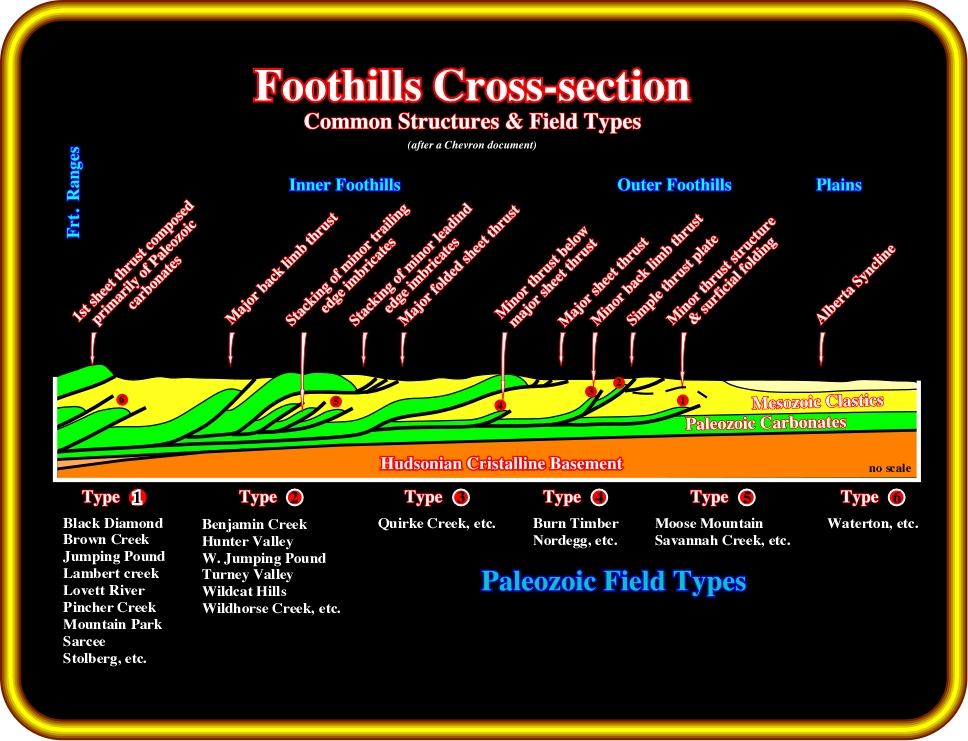
Plate 37- On this plate, the petroleum geologists of Chevron summarized the more common compressional structures and the more frequent location of the oil fields in the inner and outer foothills of Rocky Mountains. It is evident that in such a compressional geological setting, the quality of the seismic lines is often quite poor and so the interpreter must known what he is looking for. In other words, he must know, a priori, the more likely structures responsible for the shortening of the sediments. The following plates, taken from different publications, can be used as exercises.

Plate 38- Using the the geological concepts review previously, propose a tentative interpretation and then compare it with the interpretation proposed below (Plate 39).

Plate 39- Don't forget that in this area the deformation is posterior to deposition. This interpretation seems to respect the Goguel's law, which said that during deformation the volume of sediments is keep roughly constant. In other words using the thickening of the sediments in the undeformed area, the interpreter must fill the stacked packages created by shortening. The proposed interpretation is corroborated by the wells' results.
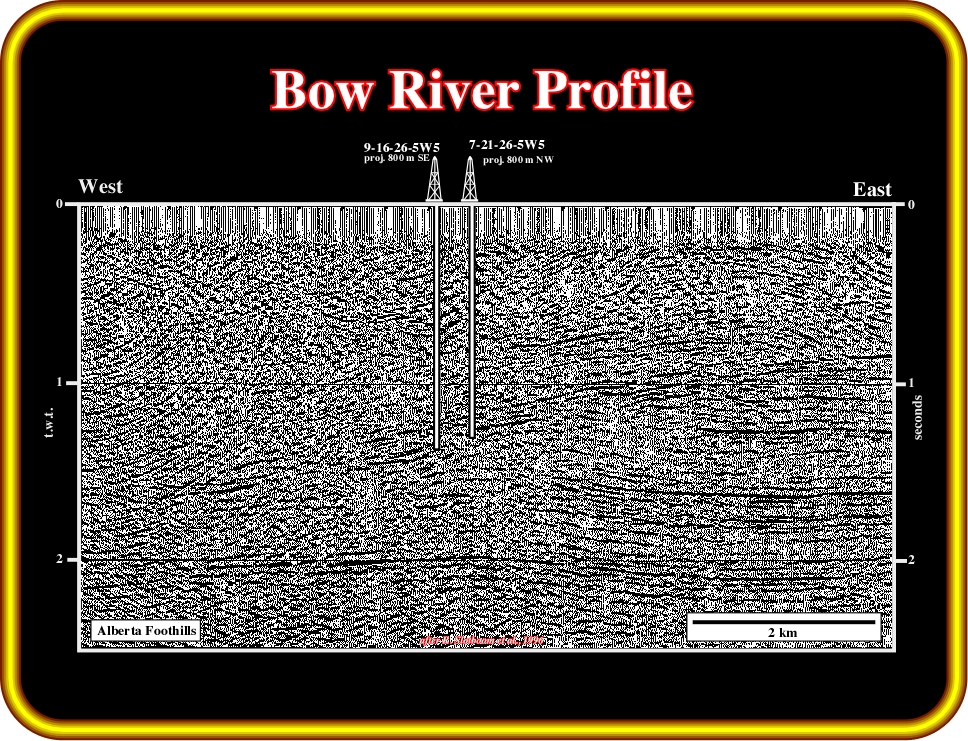
Plate 40- Using the thickness of the sediments of the footwall of the major thrust, where the sediments are undeformed, propose a tentative interpretation. Don't forget that this line comes from the area described previously (deformation post-deposition, sedimentary packages isopachous, etc.).
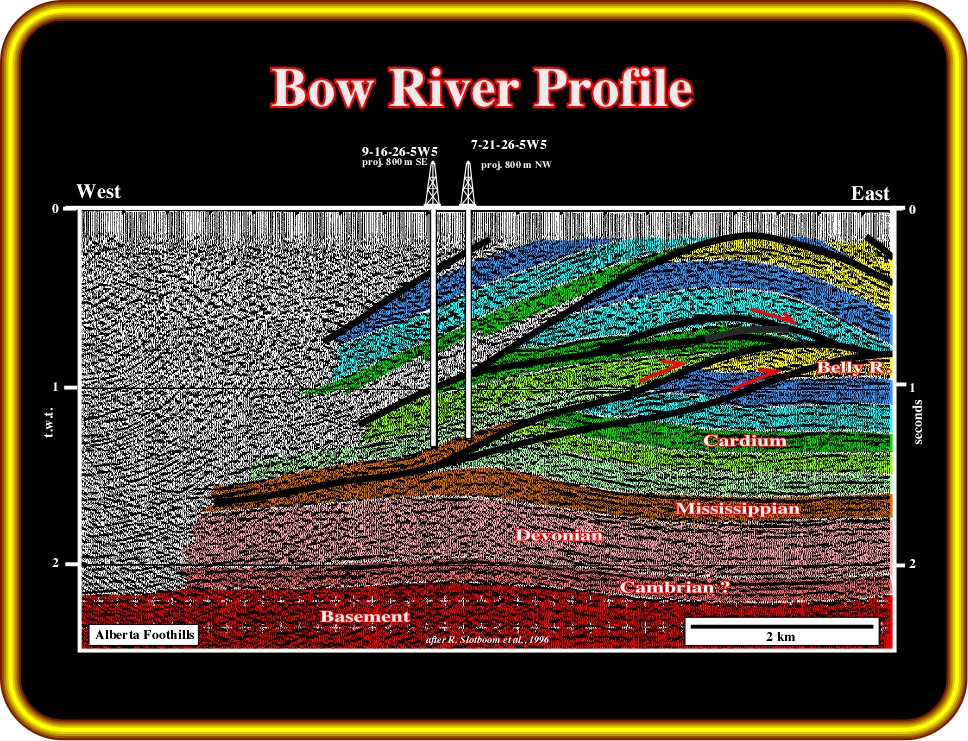
Plate 41- Tentative interpretation of the previously line. As an exercise, criticize this interpretation, that is to say, try to refute it. Indeed, the best tentative interpretation is the one that resist better to critical tests.
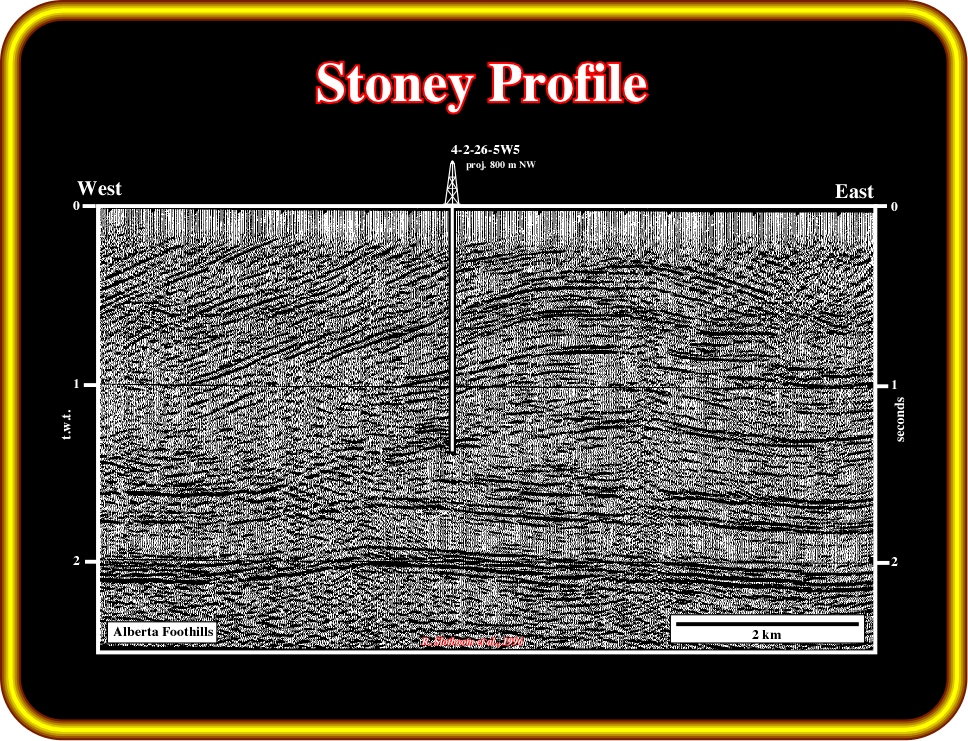
Plate 42- Again, propose a tentative interpretation knowing that theoretical knowledge precedes observation and compare it with the interpretation proposed in plate 43.
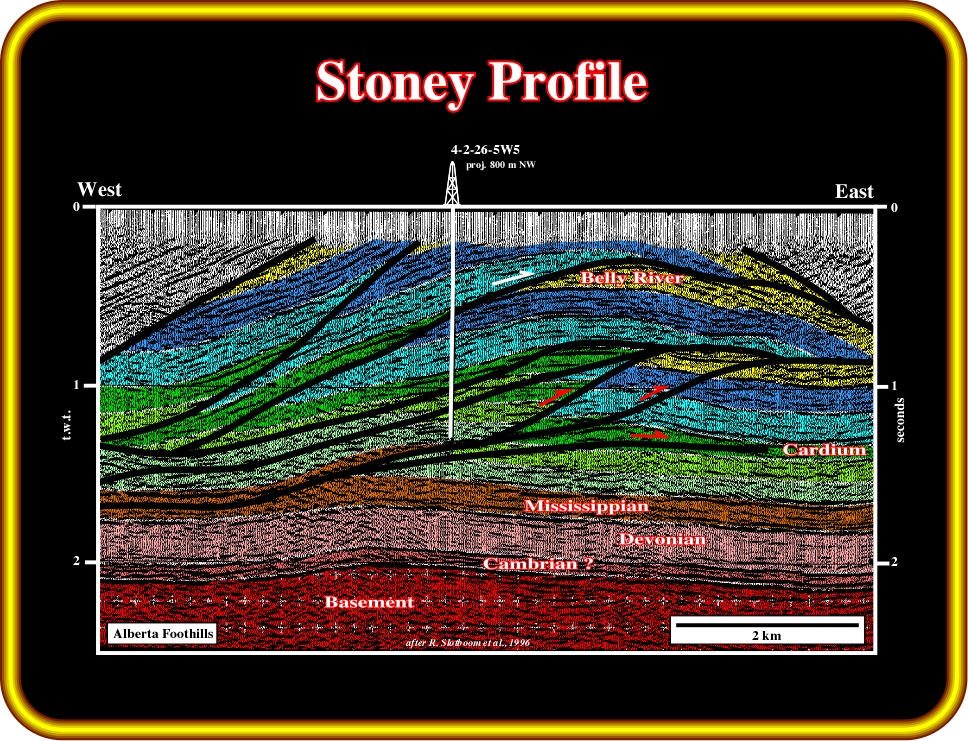
Plate 43- Tentative interpretation of the previous line corroborated by an exploration well.
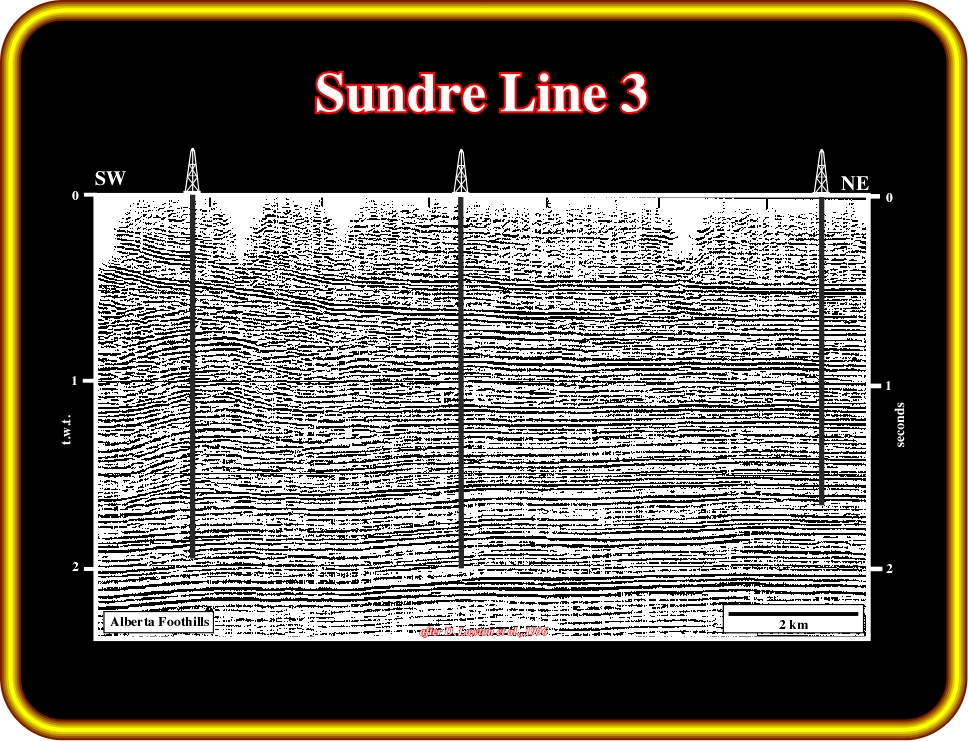
Plate 44- On the right part of this line, you can easily determine the thickness of the different sedimentary packages and see that they are more or less isopachous. However, on the left part of the line, some of the packages are thicker by thrusting. Pick the fault planes explaining the Goguel's law (in a concentric folding, a section parallel to the maximum effective stress, shows a constant area for the different sedimentary packages).
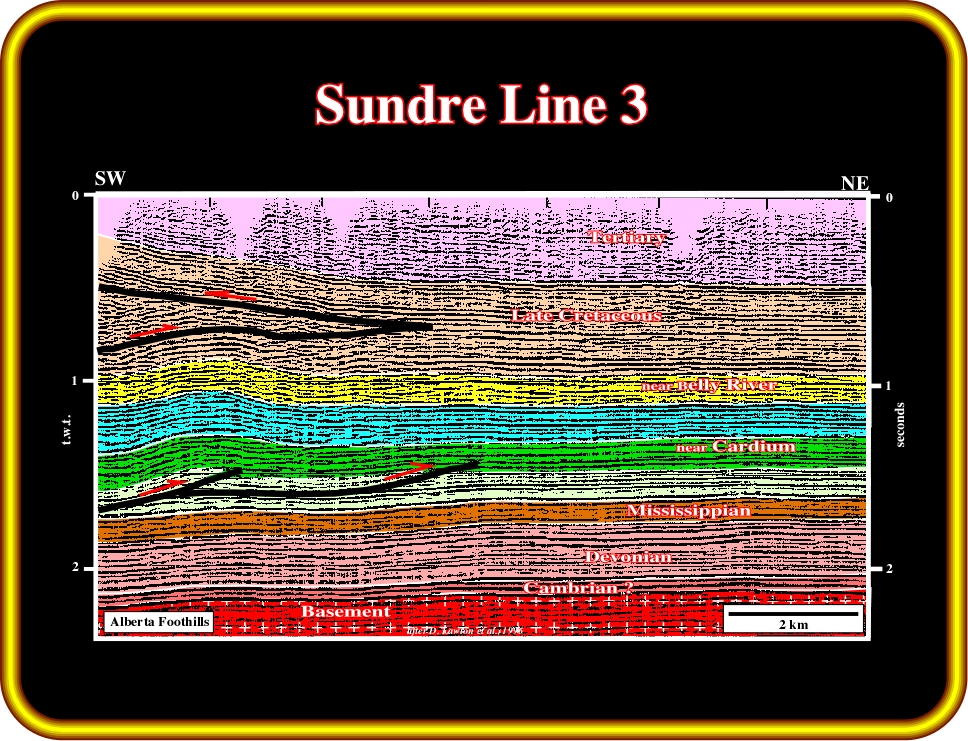
Plate 45- Tentative interpretation of the previous line. Note how the vergence of the thrust faults change in the upper part of the line creating the Alberta syncline.
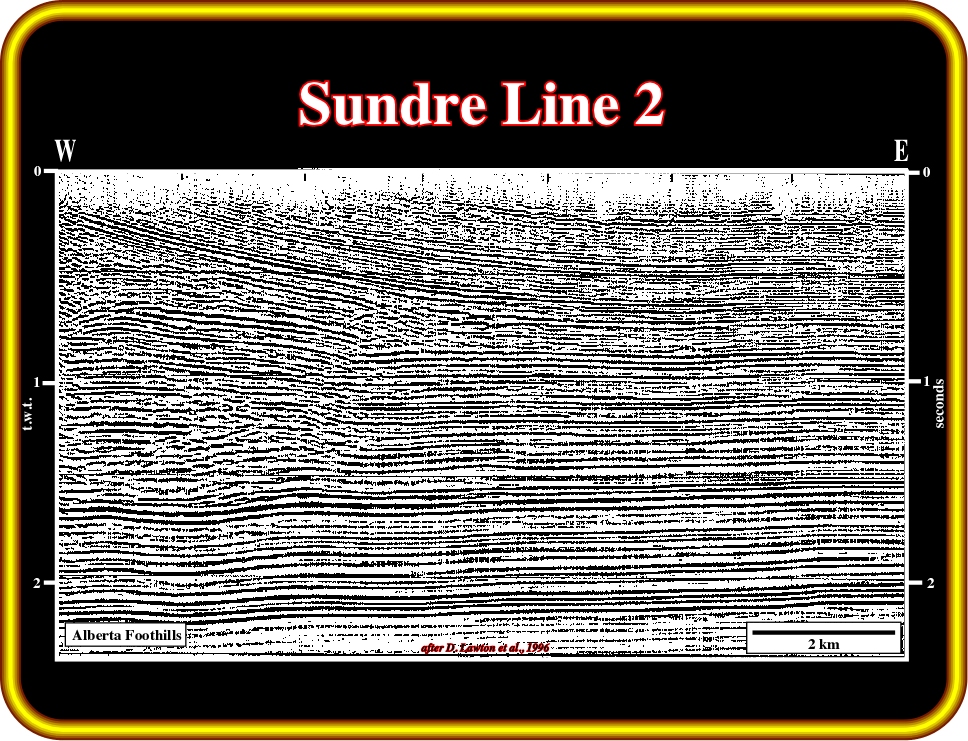
Plate 46- Proposed a tentative interpretation and compare it with the interpretation proposed in plate below (Plate 47).
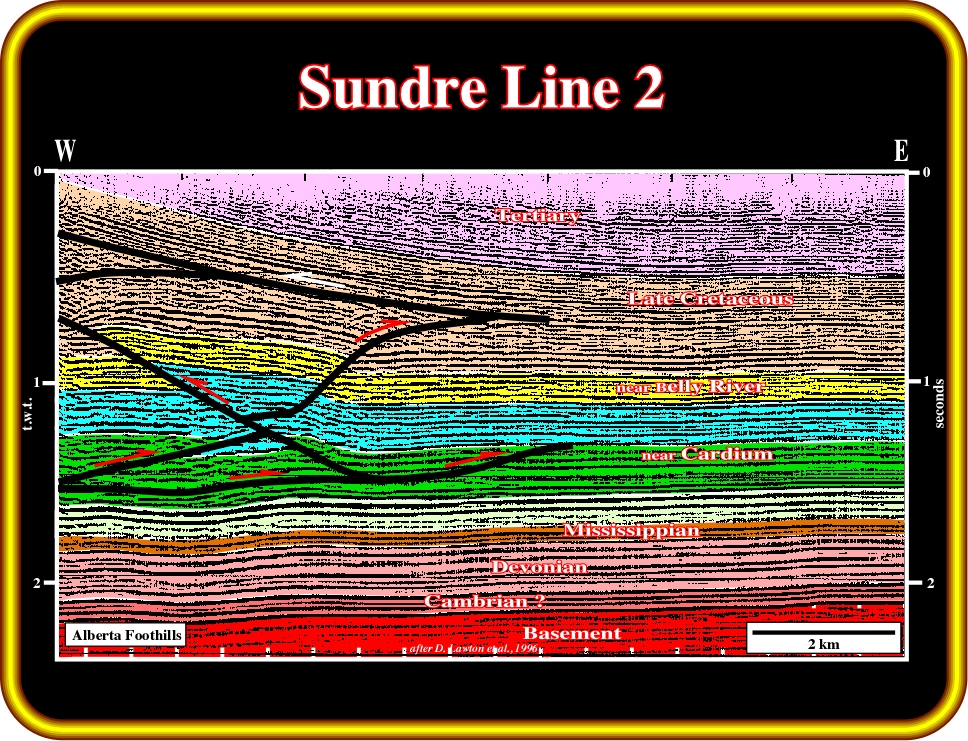
Plate 47- Criticize this interpretation. Explaining the shortening of the sediments in the left part of the line. Do you agree with the movements along the fault planes?
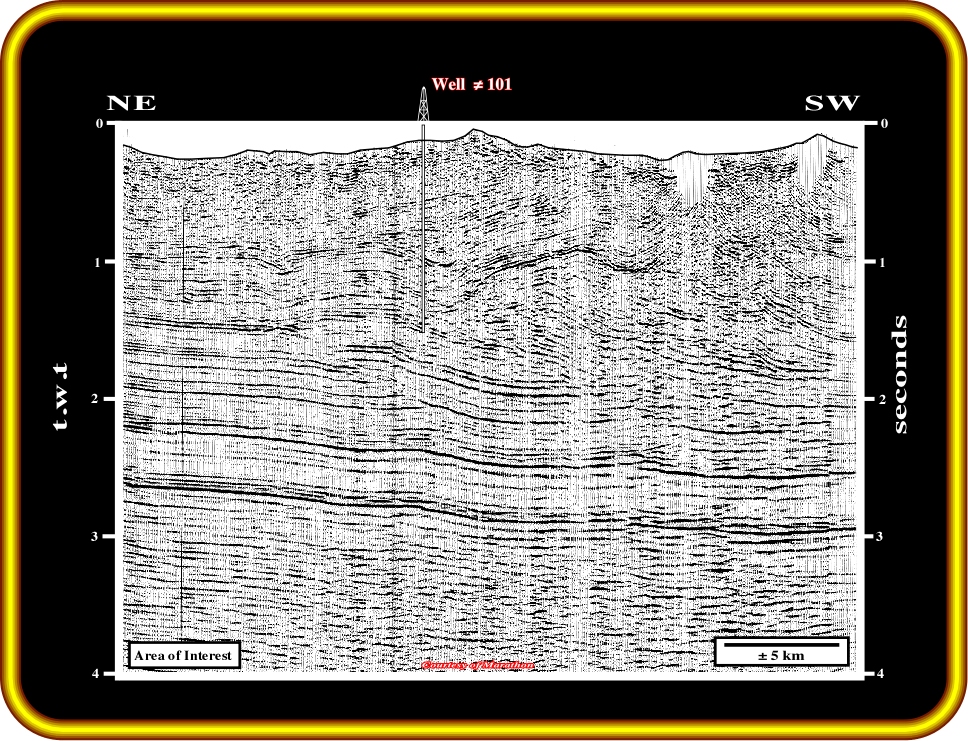
Plate 48- This line comes from the area of interest described previously. Propose a tentative interpretation and compare it with the tentative solution proposed in next plate (Plate 49).
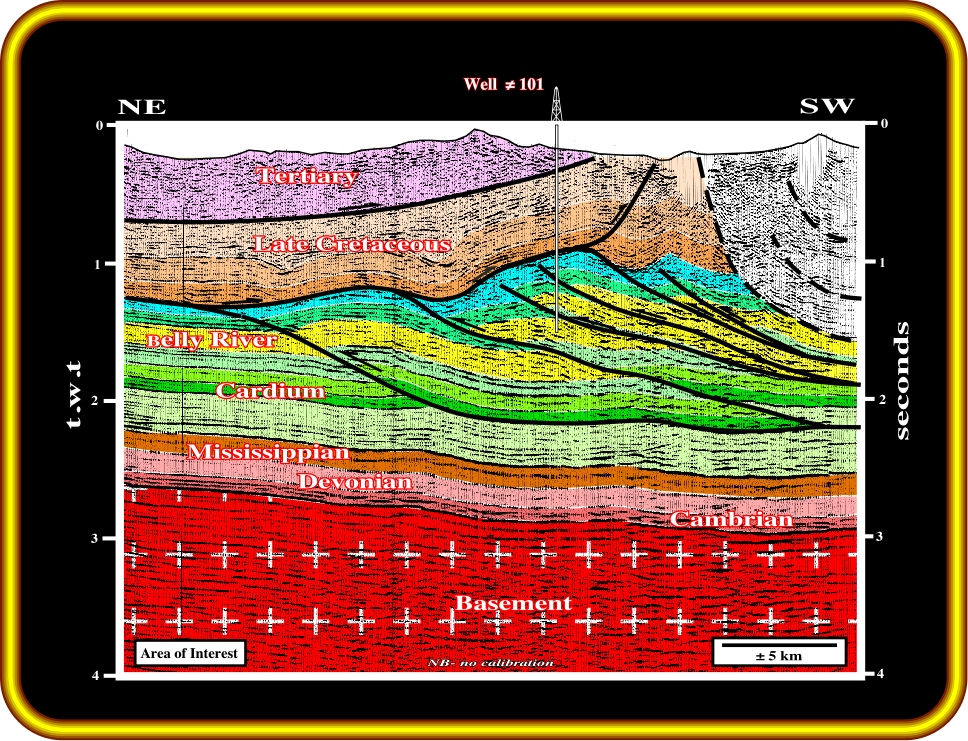
Plate 49- Try to refute this tentative interpretation describing the tests.
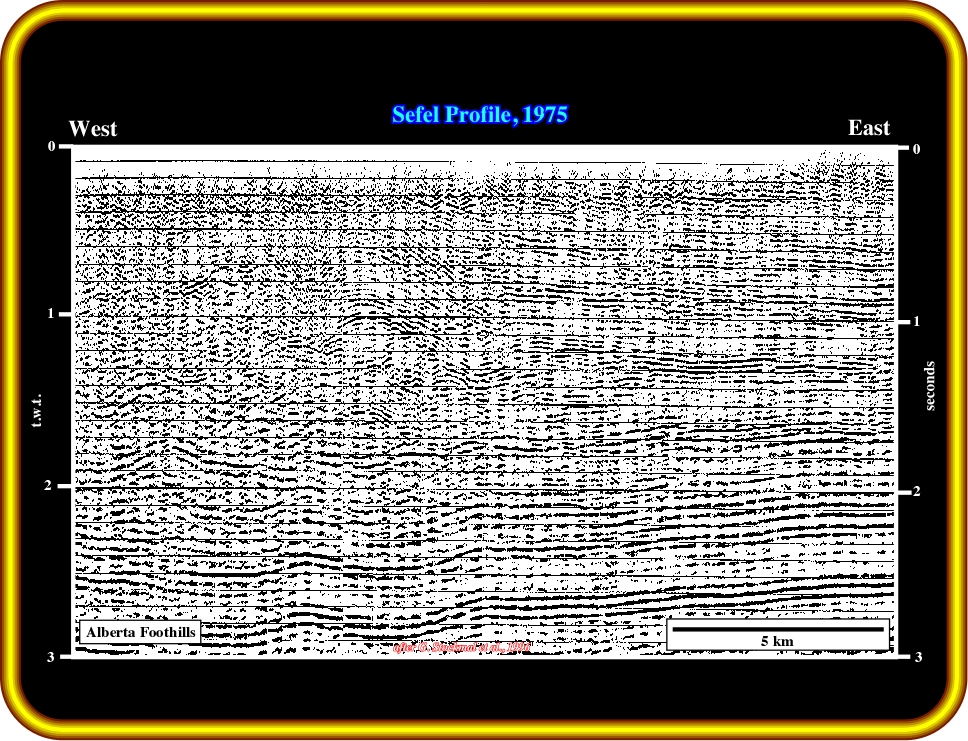
Plate 50- Propose a tentative interpretation after taking a look to the tentative proposed in the plate below (Plate 50).
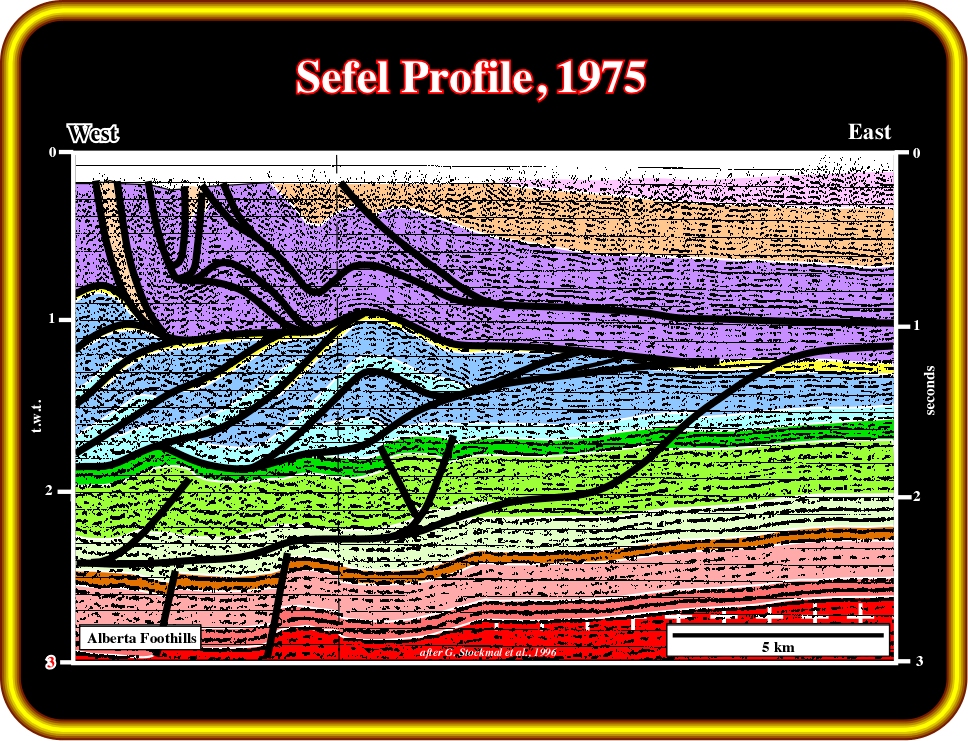
Plate 51- Try to refute this tentative interpretation. Describe the refuting tests. Proposed an alternative interpretation.
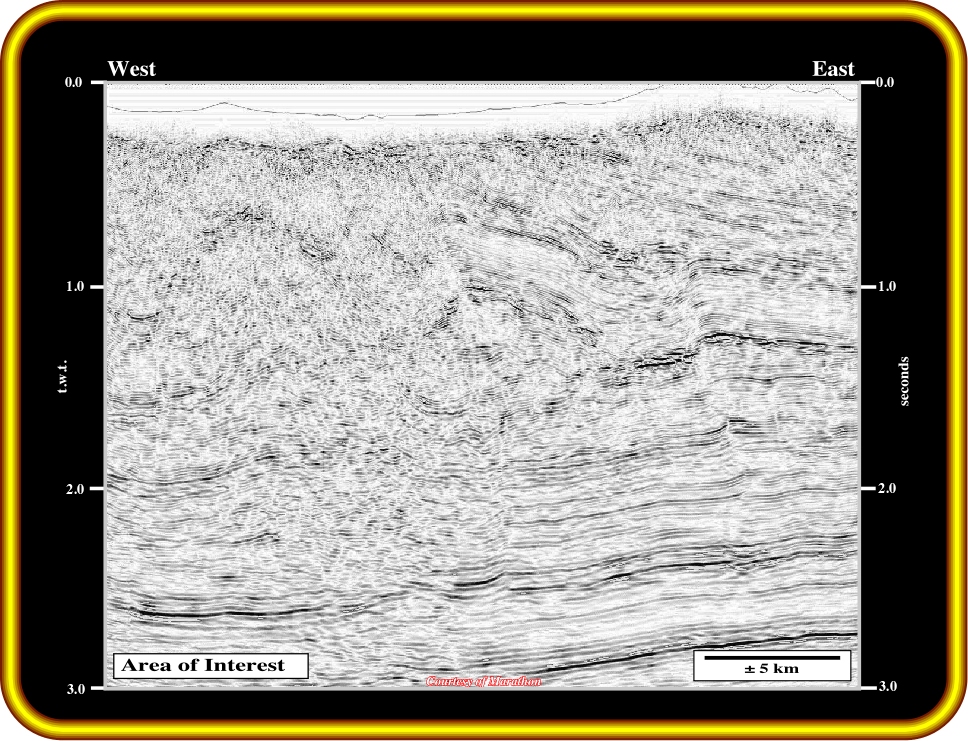
Plate 52 - Finally, propose the more likely stratigraphic column and a tentative interpretation using all concepts described in previous pages. Good luck.